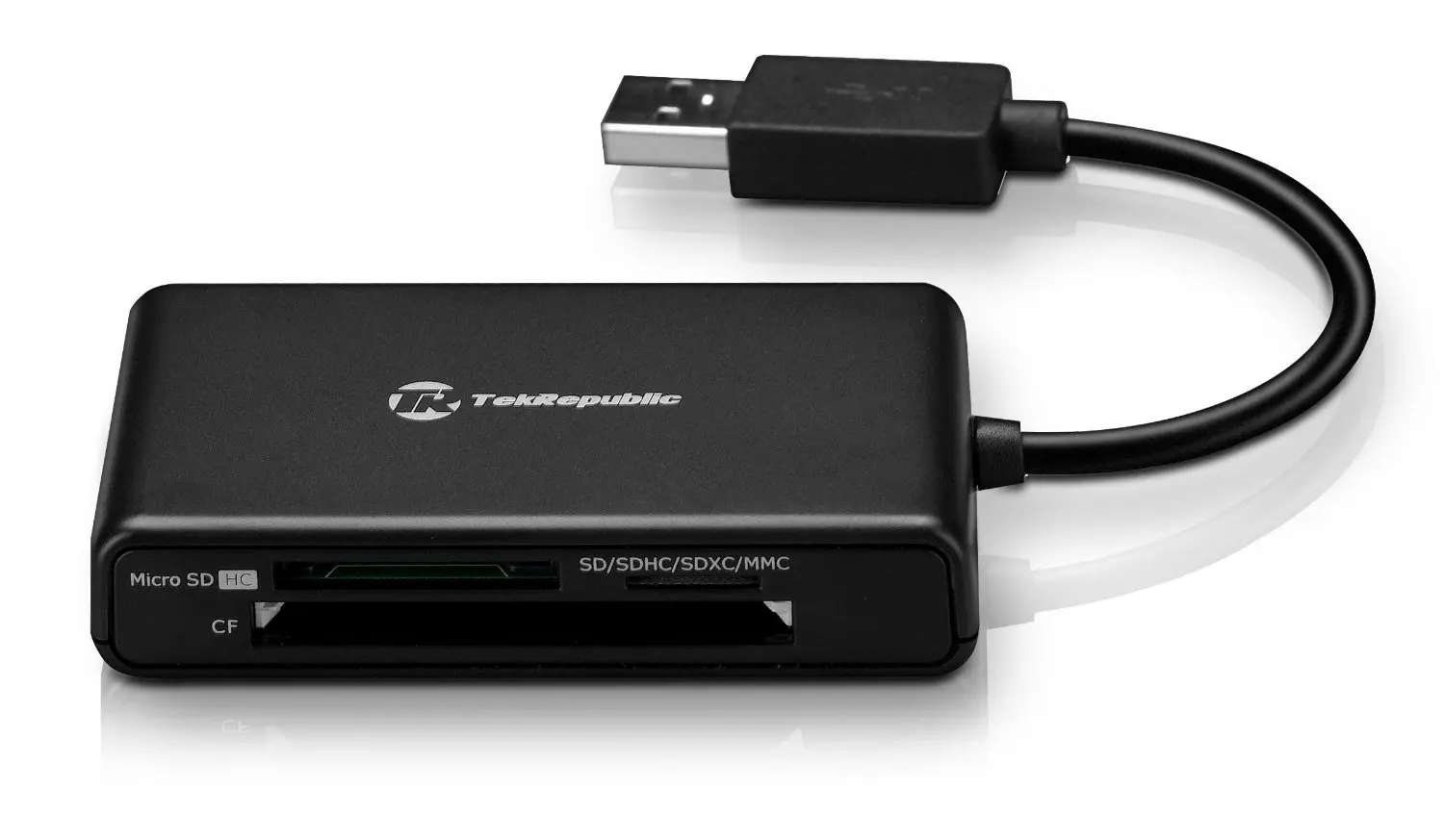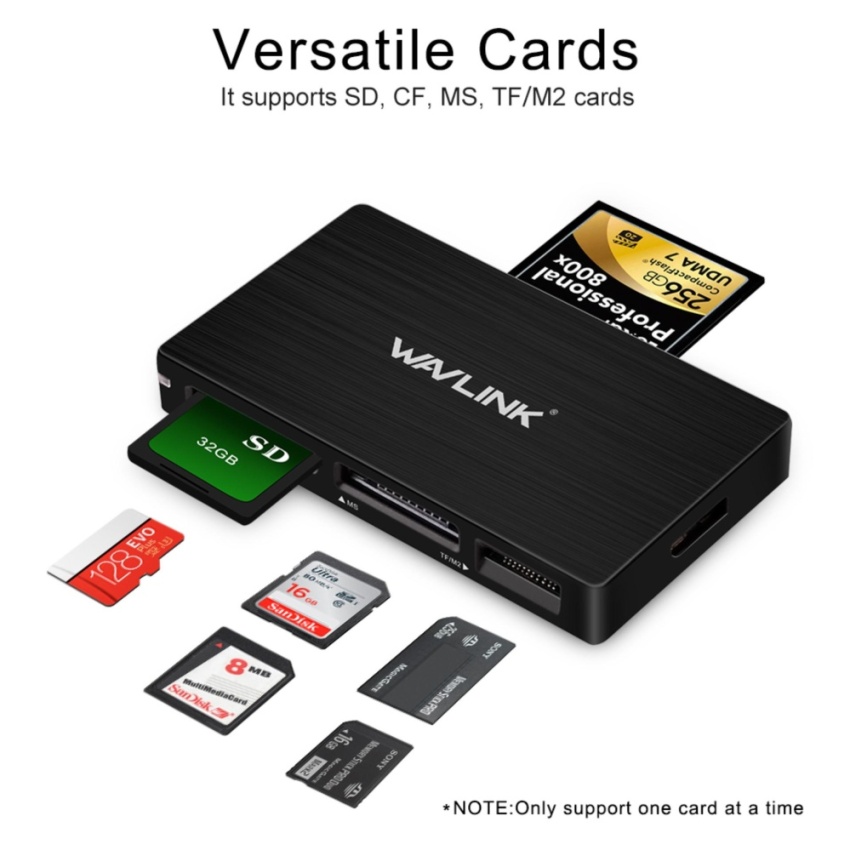- Memory Card Reader For Mac
- Military Cac Card Reader For Mac
- Compact Flash Card Reader For Macbook Air
- Cf Card Reader For Mac Best Buy
- Cf Card Reader For Mac Thunderbolt
- Cf Card Reader For Mac
- Best Cf Card Reader For Mac
Sabrent HB-MACR 3-Port USB 3.0 Hub with CF/SD/TF Card Reader. Adds 3 USB 3.0 ports and a flash card reader to your computer - Up to 5Gbps data transfer rate.
Engadget is now part of the Oath family. We (Oath) and our partners need your consent to access your device, set cookies, and use your data, including your location, to understand your interests, provide relevant ads and measure their effectiveness. Oath will also provide relevant ads to you on our partners' products. Learn More
- Shop B&H for our huge inventory of Memory Card Readers from top brands like IOGEAR, Transcend, Vivitar and Lexar, all at unbelievable prices.
- Find great deals on eBay for compact flash card reader mac. Shop with confidence.
How Oath and our partners bring you better ad experiences
To give you a better overall experience, we want to provide relevant ads that are more useful to you. For example, when you search for a film, we use your search information and location to show the most relevant cinemas near you. We also use this information to show you ads for similar films you may like in the future. Like Oath, our partners may also show you ads that they think match your interests.
Learn more about how Oath collects and uses data and how our partners collect and use data.
Select 'OK' to allow Oath and our partners to use your data, or 'Manage options' to review our partners and your choices. Tip: Sign In to save these choices and avoid repeating this across devices. You can always update your preferences in the Privacy Centre.
When you import photos into Lightroom Classic, you create a link between the photo itself and the record of the photo in the catalog. In the case of importing from a camera or card reader, Lightroom Classic copies the photos to your hard drive and adds the links to the photos in the catalog.
When importing, you work from left to right in the import window. First, on the left, identify what files you want to import (the source files). Then, in the middle of the window, choose how you want to import them into the catalog (when importing from a camera or card, you copy them). Finally, on the right, specify where you want to store the files (the destination folder) and other options for the imported files.
A. Preview area B. Source panel C. Toggle Minimal import D. Options and Destination panels

Note:
Important: When importing for the first time, think through how you want to organize your photos and where you plan to store them before you start. Planning ahead can help minimize the need to move photos later and possibly lose track of them in your catalog.
1. Connect the camera or camera card reader to your computer.
If necessary, see your camera's documentation for instructions on how to connect the camera to the computer.
Note:
To have Lightroom Classic start automatically when you plug in a camera or card reader, choose Lightroom Classic > Preferences (Mac OS) or Edit > Preferences (Windows). In General, look under Import Options and select Show Import Dialog When A Memory Card Is Detected.
In Lightroom Classic, click the Import button in the Library module or choose File > Import Photos And Video to open the import window.
3. Point Lightroom Classic to the camera or card reader.
Memory Card Reader For Mac
On the left side of the import window, use the Source panel to navigate to the device or card that contains the photos you want to import: Click From or Select A Source to find the device.
Note:
If you're importing from an attached camera card, select Eject After Import to automatically disconnect the card after Lightroom Classic finishes importing photos.
In the center of the import window, click one of the following:
Copies the photo files to the folder you choose, including any sidecar files.
Copies photos to the folder you choose and converts any camera raw files to the Digital Negative (DNG) format.
Note:
The Add and Move import methods are not available when importing from a camera or camera card.
Then, select the photos that you want to import. Use the options above and below the preview area to help you select.
Military Cac Card Reader For Mac

Displays all photos in the selected source location.
Displays photos in the selected source location that are new since you last imported from this location into Lightroom Classic and ignores suspected duplicates.
Compact Flash Card Reader For Macbook Air
Suspected duplicates are dimmer than other photos in the Grid view and cannot be selected.
Grid view icon () and Loupe view icon () Toggle between Grid and Loupe view in the preview area.
Check All and Uncheck All Select and deselect, respectively, all photos in the preview area.
Sort Lets you sort the previews by capture time, selected state, filename, or type of media (photos and videos).
You can also use standard key commands to select multiple photos in the Grid view: Shift-click to select contiguous photos or Ctrl-click (Windows) or Command-click (Mac OS) to select discrete photos. After photos are selected, as indicated by the light gray border, click a check box in any selected photo border to check them all. Lightroom Classic imports photos that are checked.
Note:
Lightroom Classic supports photos up to 65,000 pixels long or wide, up to 512 megapixels. For a complete list of supported file formats, see Supported file formats.
Cf Card Reader For Mac Best Buy
5. Tell Lightroom Classic where to put your photos.
On the right side of the import window, click To and specify where you want to save your copied photos. You can select a location on your hard drive, on an attached external drive, or on a networked drive.
You can also open the Destination panel on the right side of the import window to create a subfolder in your chosen location.
Cf Card Reader For Mac Thunderbolt
In Grid view, the Destination Folders option above the preview area shows the path to the folder or folders you've selected to save the photos.
Cf Card Reader For Mac
6. Specify file-handling and other import options.
Use the File Handling, File Renaming, and Apply During Import panels on the right side of the import window to customize how your photos are imported. For explanations of all of the import options in these panels, see Specify import options.
Lightroom Classic displays a progress bar in the upper-left corner of the window as it imports the photos. Then it shows you the thumbnails in the Library module.
Video tutorial: Transfer photos to your computer
More like this
Best Cf Card Reader For Mac
Twitter™ and Facebook posts are not covered under the terms of Creative Commons.
Legal Notices | Online Privacy Policy